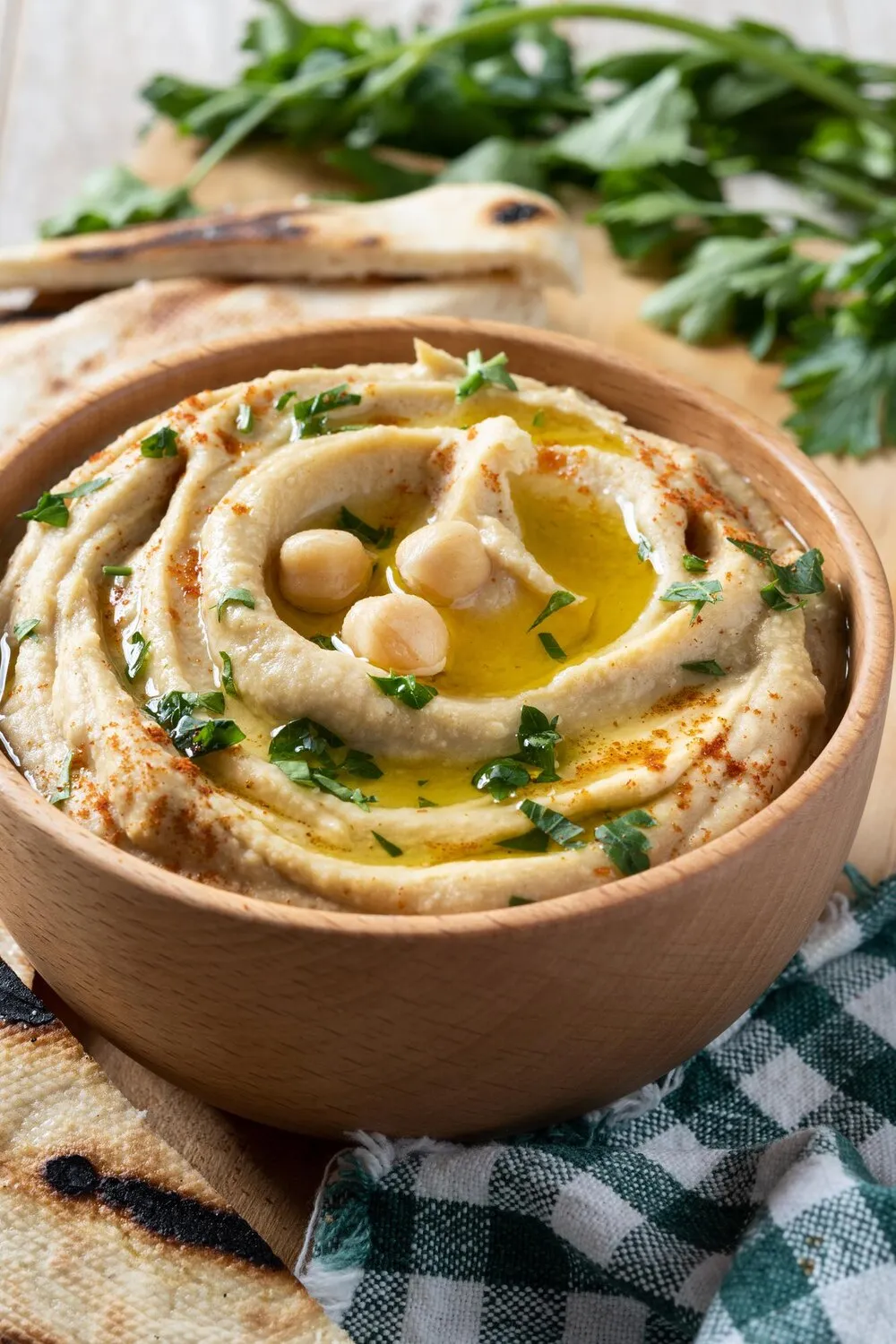
Shawarma/Kebab
Thinly sliced, seasoned meat (typically lamb, chicken, or beef) roasted on a vertical spit. Served in a pita or wrap with various toppings and sauces.
Nutrition Facts
* The % Daily Value (DV) tells you how much a nutrient in a serving of food contributes to a daily diet. 2,000 calories a day is used for general nutrition advice.
The concept of roasting meat on a vertical spit can be traced back to the Ottoman Empire. Its roots are believed to stem from earlier methods of roasting meat horizontally, evolving into the vertical rotisserie to efficiently cook large quantities of meat. This innovation allowed for even cooking and self-basting, laying the foundation for dishes like Shawarma and Kebab.
Shawarma and Kebab are not just food; they are a reflection of Middle Eastern and Mediterranean hospitality and communal dining. They are often enjoyed as a quick and affordable street food, as well as a shared meal among family and friends.
Street Food Staple
Shawarma and Kebab are ubiquitous street food offerings in many countries, reflecting their affordability, portability, and deliciousness. They are often enjoyed on the go during lunch breaks or as late-night snacks.
Social Gathering Food
The sharing nature of these dishes makes them perfect for social gatherings. Platters of shawarma or kebab meat, accompanied by various dips, salads, and breads, encourage communal dining and conversation.
Regional Variations
Different regions and cultures have adapted Shawarma and Kebab to their local tastes and ingredients. This leads to diverse variations in marinades, sauces, toppings, and serving styles, adding to the richness and complexity of the culinary landscape.
Shawarma and Kebab are defined by a savory, umami-rich flavor profile, complemented by aromatic spices and tangy sauces. The cooking process imparts a smoky char to the thinly sliced meat, enhancing its overall taste.
The core flavor comes from the marinated meat itself, which typically includes lamb, chicken, or beef. Marinades vary widely but often incorporate ingredients such as garlic, cumin, paprika, turmeric, coriander, allspice, and lemon juice. The rendered fat bastes the meat as it rotates, adding richness and depth of flavor. Common toppings and sauces such as tahini, hummus, garlic sauce, pickled vegetables, and hot sauce contribute layers of tangy, creamy, and spicy notes, creating a complex and satisfying flavor experience.
Meat Quality Matters
Choose high-quality meat with good marbling for optimal flavor and tenderness. The fat content is crucial for self-basting and preventing the meat from drying out during cooking.
Marination is Key
Allow the meat to marinate for at least several hours, or ideally overnight, to allow the flavors to penetrate deeply. A well-balanced marinade is essential for achieving the desired taste profile.
Proper Slicing Technique
Thinly slicing the meat against the grain is essential for tenderness. Use a sharp knife or electric knife for even and consistent slices.
Don't Overcrowd the Pita
When assembling your shawarma or kebab wrap, avoid overfilling the pita or lavash. This will make it difficult to eat and can cause the wrap to tear.
Explore additional Middle Eastern dishes and restaurants
Explore Middle EasternDiscover top dining spots and culinary experiences in Bolzano.
Explore BolzanoLearn more about the food culture, restaurant scene, and culinary heritage of Italy.
Explore Italy